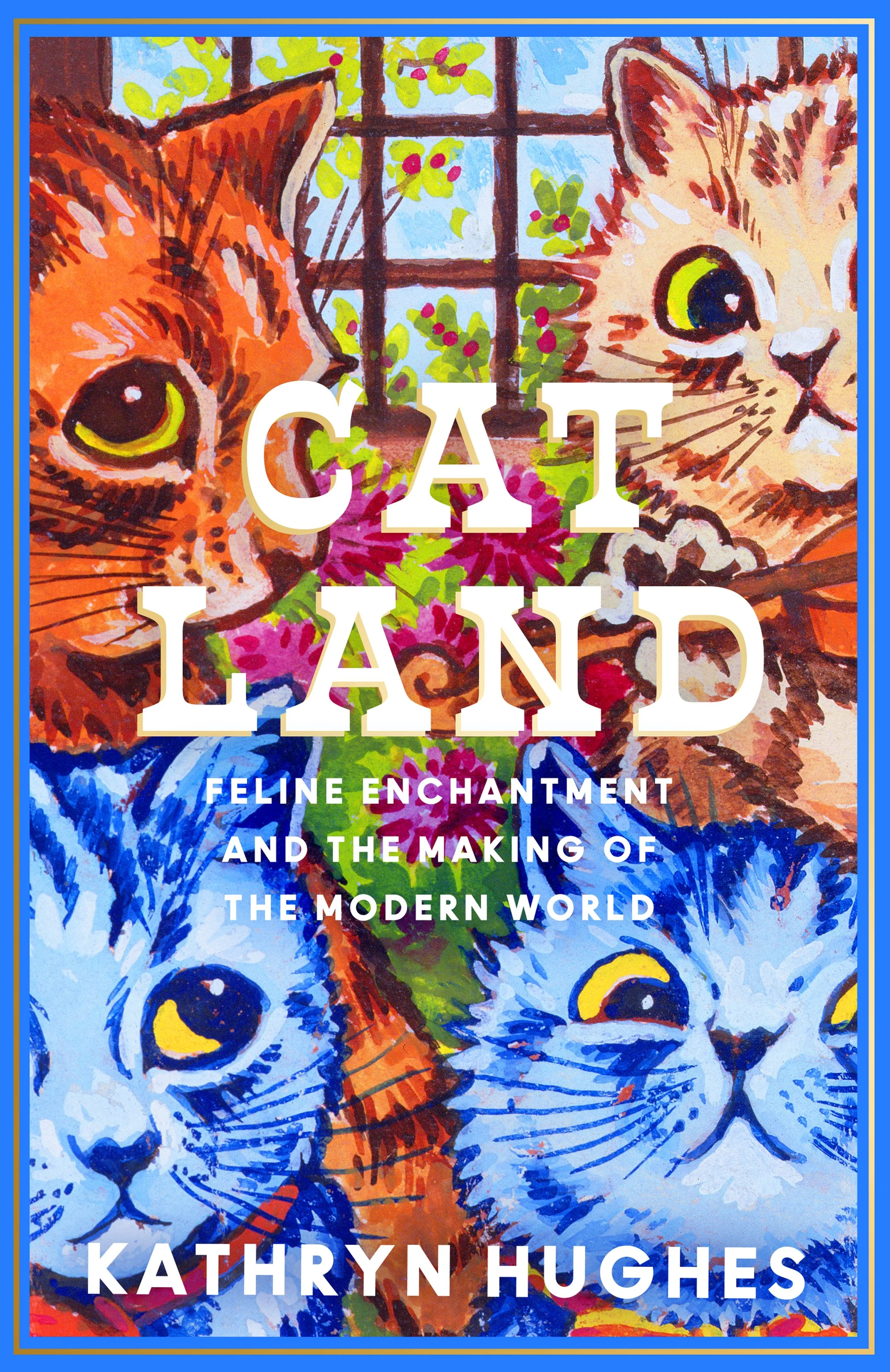Catland: Feline Enchantment and the Making of the Modern World
By 1890, cats no longer lurked in the kitchen or earned their keep by catching mice. Instead, Britain had been taken over by what journalists were calling ‘the cult of the cat’. From prize-winning historian Kathryn Hughes comes Catland, the quirky history of how Victorian and Edwardian Britain fell in love with cats, the whole industry which sprang up around them – and the incredible story of Louis Wain, the Edwardian artist whose drawings of anthropomorphic animals became famous around the globe.
‘He invented a whole cat world,’ declared H G Wells of Louis Wain. Whether they were flying aeroplanes, sipping champagne or arguing about politics, Wain’s feline cast offered a sly take on the restless and risky culture of the post-Victorian world. No-one experienced these uncertainties more acutely than Wain himself, confined to an asylum while creating his most iconic work.
His drawings were irresistible but Catland was more than the creation of one eccentric imagination. The social and economic forces of the time transformed cats from their role as kitchen pest-controllers to prize winners, show cats and much-loved family members. Unlike the homely tabby, the modern cat was more likely to display a magnificent ruff and a pedigree from Persia. As cat capitalism boomed, prize breeds changed hands for hundreds of pounds among duchesses and dandies.
In this fascinating feline journey, Hughes tells the incredible story of how the country became obsessed with cats, ushering in a whole new era, and the life of the prolific illustrator who transformed the image of cats forever.
Kathryn Hughes is the critically acclaimed author of The Victorian Governess, The Short
Life and Long Times of Mrs Beeton, which was longlisted for the Samuel Johnson Prize,
and the hugely acclaimed George Eliot: The Last Victorian, which won the James Tait Black
Memorial Prize for biography. Educated at Oxford University, she holds a PhD in Victorian
studies. She is a visiting lecturer at several British universities and reviews regularly for The
Guardian, Daily Telegraph and Literary Review.


